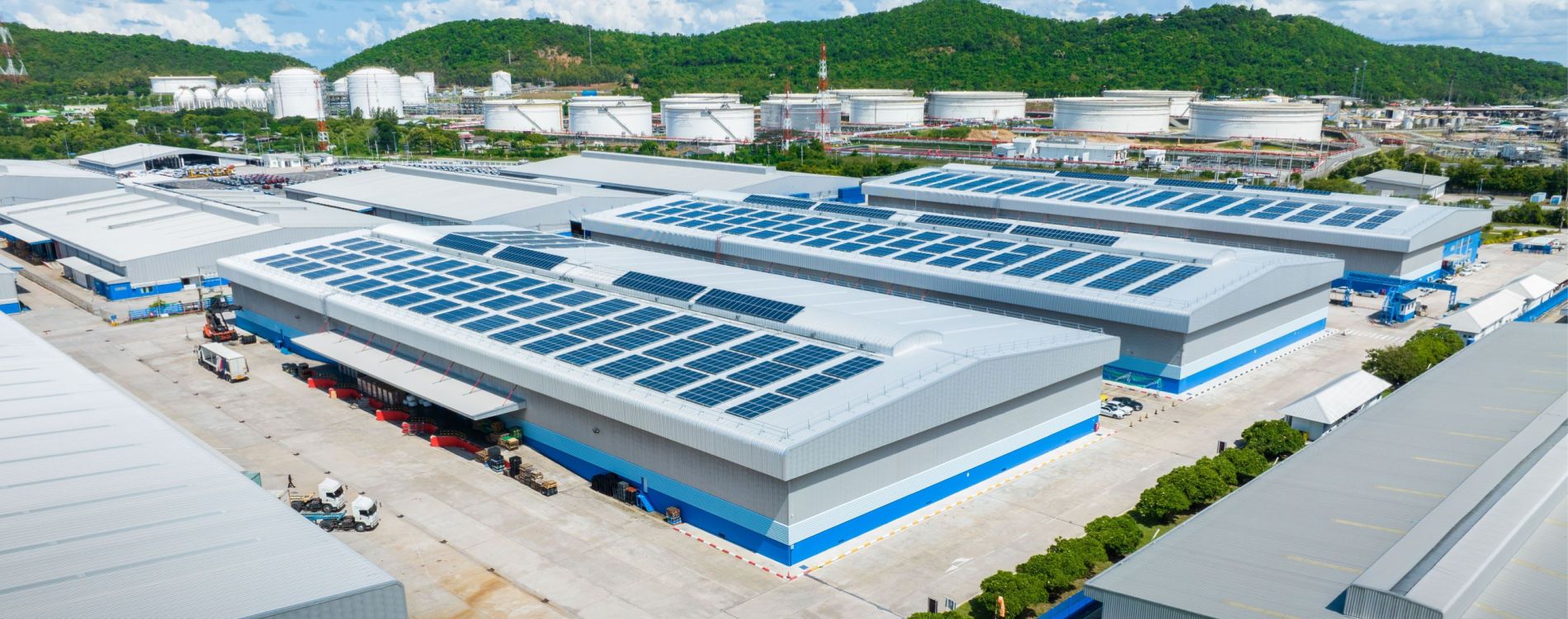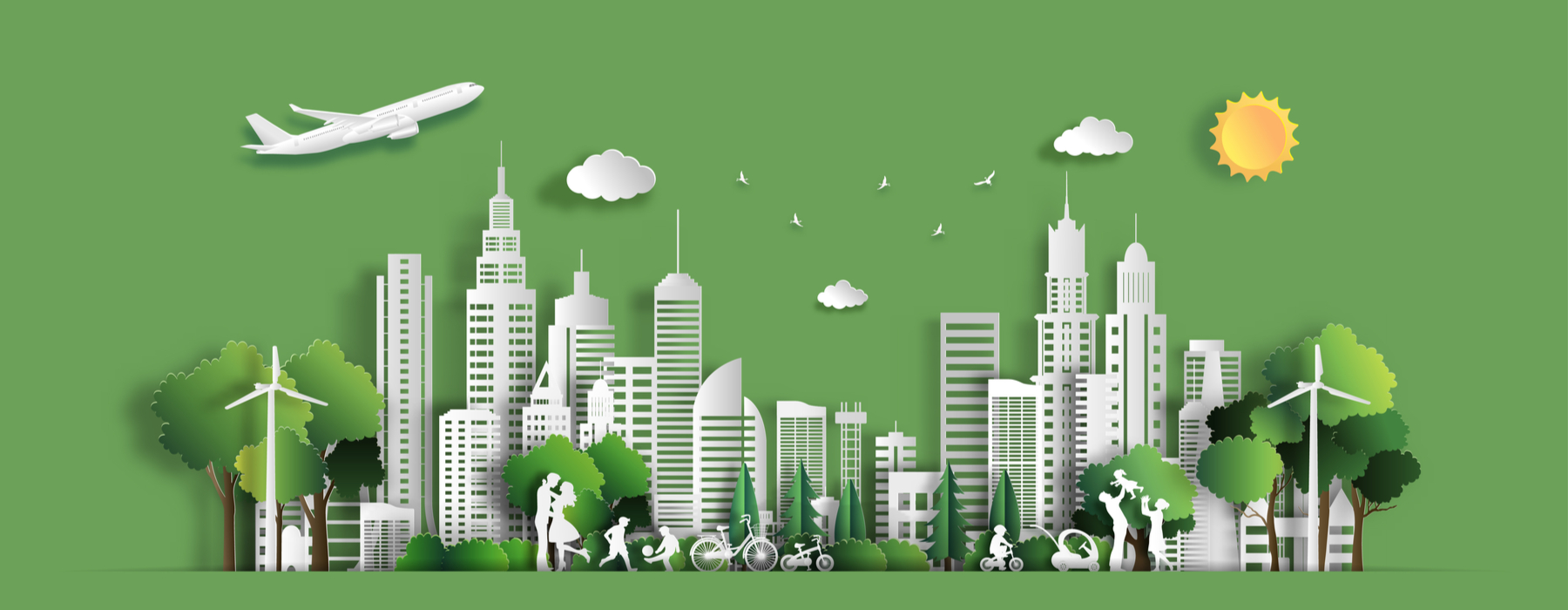New York City has ambitious sustainability targets: generating 50% of its energy from renewable sources by 2030, and reducing its emissions by 80% by 2050, compared with 2005 levels. However, in a city with around a million buildings, targeted efforts are necessary - attempting to upgrade every single property is unfeasible. Local Law 88 aims to improve lighting efficiency and to give commercial space tenants greater visibility of their energy consumption.
The Greener, Greater Buildings Plan (GGBP) is a package of four laws addressing energy use in the largest NYC buildings. There are around 15,000 properties that account for almost half of all floor space and energy consumption in NYC, and the GGBP aims to improve their energy consumption significantly:
- Local Law 84 establishes benchmarking requirements.
- Local Law 85 introduced the NYC Energy Conservation Code.
- Local Law 87 establishes energy auditing and retro-commissioning requirements.
- Local Law 88 establishes lighting upgrade and submetering requirements.
This article will focus on LL88, which requires that all lighting systems in covered buildings be upgraded to meet the NYC Energy Conservation Code by 2025. The law also makes submetering mandatory for commercial tenants that exceed specified floor space limits.
Lighting systems in NYC buildings have plenty of space for improvement. The multifamily residential sector still uses plenty of incandescent lighting, as well as older and less efficient types of fluorescent lighting. Office buildings have adopted more efficient types of fluorescent lighting, such as T8 and T5 lamps, but there is still room for improvement by upgrading to LED. In addition, lighting control systems are rarely used, and when present they tend to be very basic. Lighting accounts for 18% of energy consumption and carbon emissions in NYC buildings.
Upgrading Lighting Systems to Meet the NYC Energy Code
To meet LL88, the first step for property owners is to determine which of their properties are covered by the law. In general, any property that meets one of the following requirements is subject to LL88:
- Single buildings with at least 50,000 ft2 of floor space.
- Groups of 2 or more buildings under the same tax lot, adding up at least 100,000 ft2.
- Groups of 2 or more buildings under the condominium form of ownership, adding up at least 100,000 ft2.
It is important to note that properties classified under occupancy groups R-2 and R-3 are exempt from both lighting upgrades and submetering, but must submit a report to the NYC Department of Buildings, demonstrating that the property is exempt. Houses of worship under occupancy group A-3 are exempt from lighting upgrades, but are subject to metering and reporting requirements. Small residential properties inhabited by 1 to 3 families are fully exempt from LL88, which means not even the exemption report is required.
Although the 2025 deadline provides plenty of time, upgrading lighting systems early brings various benefits.
- The NYC Energy Conservation Code will continue to be reviewed and updated, and future versions will have more demanding requirements. Therefore, waiting can result in more expensive upgrades.
- LL88 requires upgrades not only for common areas, but for tenant spaces. Lighting upgrades are more disruptive and expensive when tenant spaces are occupied, so property owners can schedule upgrades more effectively by starting earlier.
- Lighting upgrades can be a capital-intensive project, but LL88 allows them to be spread out as several smaller projects, as long as the building has been fully upgraded before Jan. 1, 2025.
It is important to note that lighting system components do not require an upgrade if they meet NYC Energy Code requirements applicable after July 1, 2010. The same applies for areas with a lighting power density that meets the code, as long as these areas are completely isolated from the rest of the building by doors and floor-to-ceiling divisions.
The 2016 version of the NYC Energy Conservation Code makes lighting controls mandatory in various commercial applications, detailed in section C405. It also provides a list of maximum allowable lighting power densities, which change according to the type of occupancy. In the case of residential spaces, the NYCECC requires at least 75% of lighting systems to use high-efficacy lamps and fixtures.
Submetering Requirements Under Local Law 88
With LL88, submetering was made mandatory for all commercial tenant spaces meeting one of the following conditions:
- Spaces above 10,000 ft2 rented to the same person, covering one or more floors.
- Floors above 10,000 ft2 of area, rented to two or more persons.
In addition to requiring meter installation, the code establishes that tenants must be provided with a monthly statement, detailing electricity use and the amount charged. When multiple tenants are on a floor with a single meter, the statement must detail total consumption and the percentage of area corresponding to the tenant receiving the statement.
Although the submetering requirement is obvious when a single Con Edison meter is used for the entire property, it may also apply when multiple meters are used for different building areas. If any area can be broken down into sections according the requirements described above, submetering is also necessary. Just like with lighting upgrades, a planned approach is highly recommended because meter upgrades are more disruptive when tenant spaces are occupied. Also, a gradual upgrade is accepted, which means building owners can schedule meter upgrades during tenant turnover.
LL88 compliance can be achieved with either manual or automatic meters, and each option has advantages and disadvantages:
- Manual meters have a lower cost, but their operation requires additional labor because they must all be read manually. It also becomes more difficult for tenants to keep track of consumption, unless they know how to read manual meters.
- Automatic meters have a higher upfront cost but are easier to manage because data can be retrieved remotely. It is also possible to create a platform where tenants can track their consumption in real time.
Although metering does not save energy directly, tenants are more likely to be energy-conscious when their energy consumption data is readily available. In addition, there is a greater incentive for larger tenants to preserve energy when they are being metered separately; excessive consumption from other tenants does not affect them, and they keep all the benefits of their energy-saving efforts.
Multi-channel meters are an enhanced version of automatic meters that can track data from multiple locations at once. Their installation requires careful planning because multiple tenant spaces are affected simultaneously, but installation cost per metered area is around 25% lower.
Concluding Remarks
It is important to note that LL88 does not only require lighting upgrades and submetering, but also a report certifying that the work has been completed. The report must be submitted by a professional with either of the following qualifications:
- Registered design professional
- Licensed master electrician
- Licensed special electrician
Considering that the requirements of the 2016 NYC Energy Conservation Code have a degree of technical complexity, hiring the services of a lighting consultant is highly recommended. It is also important to note that all work performed must also meet the NYC Electrical Code.







